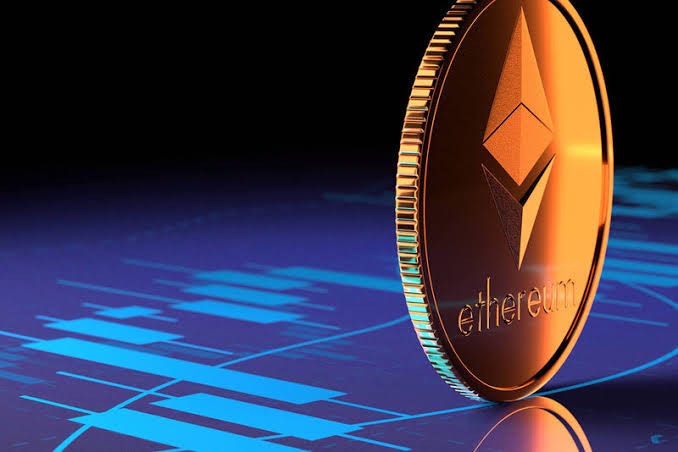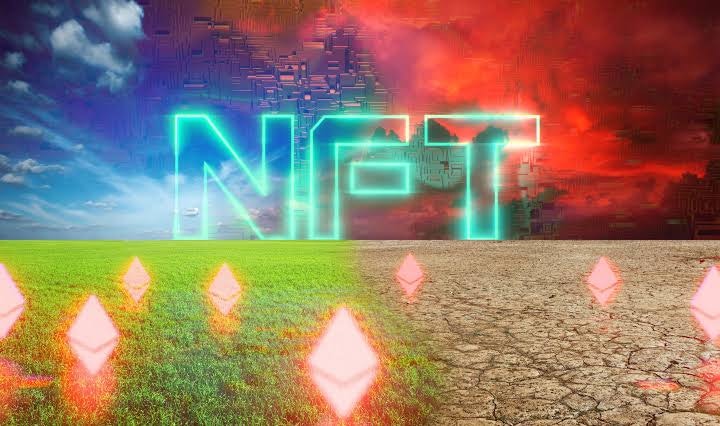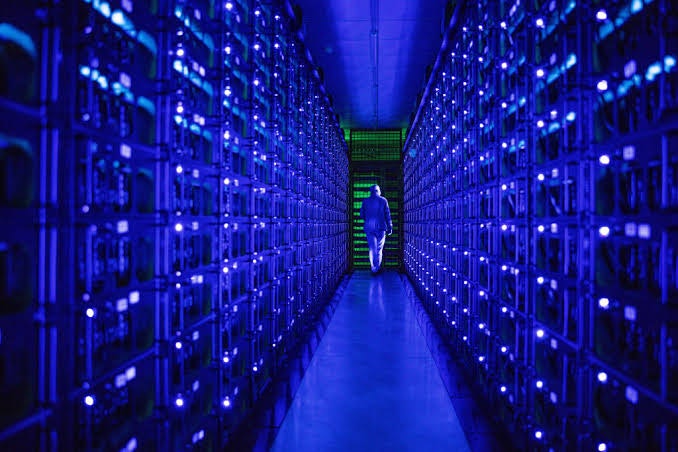How do NFTs impact the environment?
28/04/2022

When most people think of environmentally-friendly technology, they likely think about solar panels and wind turbines. But what about new technologies that are designed to be more sustainable and environmentally conscious?
One such example is the growing trend of using non-fungible tokens (NFTs) for various purposes. While there are many benefits to using NFTs, some experts are concerned about their impact on the environment.
In this post, we’ll take a closer look at how NFTs impact the environment and what can be done to make them more sustainable. Stay tuned!
NFTs and their environmental impact

NFTs are digital tokens that represent a certain asset or piece of digital content. They are often used to represent things like artwork, video game items, or virtual worlds. NFTs can be traded on online marketplaces and can be bought and sold like any other digital asset.
While NFTs do not have a physical form, they do use energy to mint, trade, and manage. This means that there is a carbon footprint associated with their use.
For example, the popular cryptocurrency Ethereum uses over seven gigajoules of energy per transaction. This is equivalent to the carbon footprint of two transatlantic flights or almost four months’ worth of electricity for an average U.S. household.
As the use of NFTs continues to grow, it is important that we think about the environmental impact of these digital assets and develop methods for reducing their impact.
Some possible solutions include using renewable energy to power blockchain networks or using smart contracts to facilitate trades without the need for an intermediary like a centralized exchange.
While there are still many questions that need to be answered as we continue to explore the use of NFTs and their impact on our environment, it is clear that this new technology has the potential to significantly reduce our carbon footprint if used properly.
We must do everything we can now to ensure that NFTs are used in ways that benefit both people and the planet.
Do NFTs have an environmentally sustainable future?

There has been a lot of talk about the potential impact of NFTs on the environment. And while it’s true that the cryptocurrency industry as a whole is not particularly eco-friendly, there are some reasons to believe that NFTs could have a more sustainable future than other types of digital assets.
For one thing, NFTs are often created using blockchain technology, which is itself relatively energy-efficient compared to other types of distributed ledger technologies. Additionally, NFTs can be created and traded without the need for centralized exchanges, which tend to be quite energy-intensive.
Of course, it’s still early days for NFTs, and it remains to be seen whether these digital assets can live up to their environmental potential. There are certainly challenges that need to be overcome, such as the fact that NFTs often rely on mining for their creation and exchange, which is inherently wasteful.
Despite this, there’s no question that NFTs have the potential to become a more environmentally-friendly asset class than others in the cryptocurrency space. And as awareness of this issue grows, we may see more companies and developers focused on making NFTs more sustainable in the years to come.
How blockchain technology can help improve the sustainability of NFTs
As the world becomes increasingly digitized, it’s important that we find ways to make our digital products and processes more sustainable. One way to do this is by using blockchain technology to create “green” NFTs.
NFTs are digital assets that are stored on a blockchain – a decentralized, tamper-proof ledger. Because they’re stored on a blockchain, NFTs can’t be duplicated or counterfeited, which makes them ideal for tracking and verifying digital assets like art, music, and other forms of media.
However, blockchain technology can also be used to track physical assets like carbon credits. This means that NFTs could potentially be used to help offset the environmental impact of digital products and processes.
For example, let’s say that a company wants to use blockchain technology to make its digital products more sustainable. It could purchase carbon credits from an organization like the Environmental Protection Agency (EPA), which would then be tracked and verified on the blockchain. In this way, the company can use NFTs to ensure that it is adhering to environmental sustainability guidelines.
Overall, using blockchain technology for green NFTs has many potential benefits for both consumers and businesses. By creating sustainable digital products, we can help reduce our impact on the environment – and create a more sustainable future for generations to come.
Examples of existing projects that are working to make NFTs more environmentally friendly
Tezos
Tezos is a Proof of Stake (PoS) blockchain that is self-upgradable, scalable, and safe. It uses less energy than other blockchains. Tezos, which was founded in 2018, has earned a stellar reputation for innovation and transparency. The open-source code is efficient and cutting-edge, allowing developers to quickly and simply create applications, utilities, games, and NFTs for use on the network.
ZooLife
ZooLife, the world’s first virtual zoo, is broadcasting livestreams of animals into Spatial. ZooLife broadcasts live from the world’s greatest accredited zoos, sanctuaries, and rehabilitation facilities, allowing viewers to immerse themselves in immersive animal experiences hosted by experts.
Each animal encounter is designed to bring you closer to nature while also offering you with novel new opportunities to learn about, protect, and participate in the natural world from the comfort of your own home. By doing this, people have no need to physically visit the zoo, which in return reduces carbon footprint and eventually promotes environmental sustainability.
Wrapup
Although NFT technology is still in its infancy, there are a few concerns that should be addressed in order to make sure that NFTs do not have a negative impact on the environment.
Namely, we need to think about how to prevent blockchain bloat and energy consumption from becoming major issues. We also need to create standards for certifying environmentally-friendly NFTs. By doing this, we can ensure that the digital world has a positive impact on our environment.
Chat with the expert NFT promoters and marketers at Mooning
Sure, all the examples of NFT promotions we listed are from global brands with endless coin to throw at their campaigns. But you really don’t need a crazy-high budget to see some seriously incredible outcomes – as long as you know the delicate intricacies of building a killer NFT marketing strategy!
If not, no worries – Mooning is here to take care of everything for you and make sure you see the most amazing ROI you’ve ever seen before. Our team has the knowledge and experience to promote your NFTs in order to deliver maximum awareness and interest, driving the sales prices up sky-high and beyond.
We provide a full suite of expert NFT marketing services and go above and beyond for every one of our clients to ensure only the best results. Our team will help with everything from minting, listing and selling, NFT creator sourcing, community management and campaign conceptualisation.
So get in touch with us now on 1300 818 435 or message us online.





